Nestled in the blue expanse of the East China Sea, off the coast of Nagasaki, lies an eerie yet fascinating relic of Japan’s industrial past—Hashima Island, more commonly known as Gunkanjima or Battleship Island.
This tiny, fortress-like speck of land has captured the imagination of many due to its unique appearance, harrowing history, and the haunting remnants of a once-thriving community.
For those intrigued by urban exploration, wartime history, or just the oddity of an abandoned city in the middle of the ocean, a visit to Battleship Island is an unforgettable experience.
You can read about our Fukushima Tour here.
The Origins of Gunkanjima
To understand the allure of Battleship Island, it’s essential to dive into its history. Gunkanjima, as it’s colloquially known due to its resemblance to a battleship, began as a modest seabed coal mining site in 1887, during Japan’s rapid industrialization in the Meiji era. Mitsubishi Corporation purchased the island in 1890, recognizing its potential as a lucrative coal mining operation. The corporation quickly transformed the island into a dense, self-contained world designed to house thousands of workers and their families.
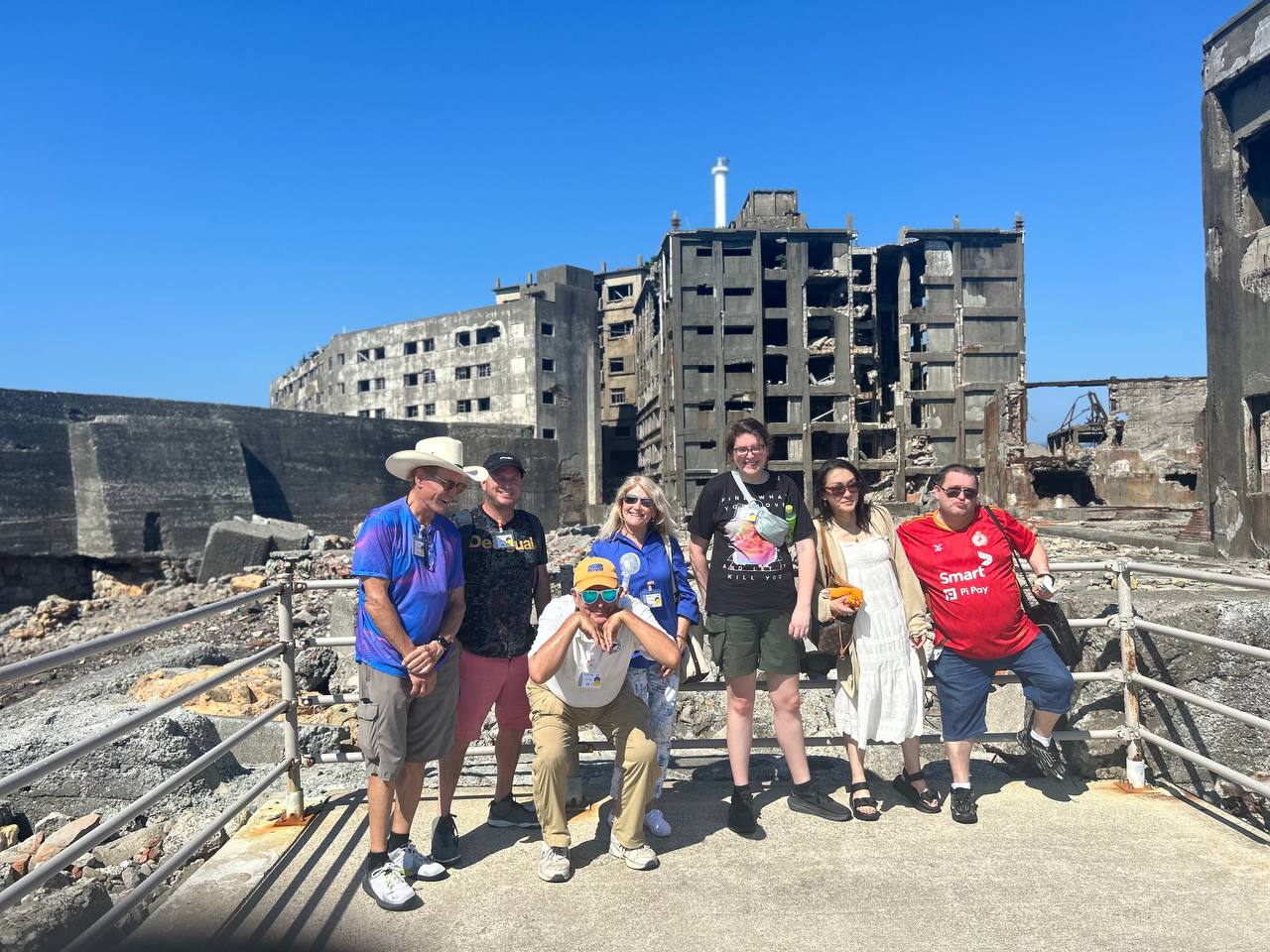
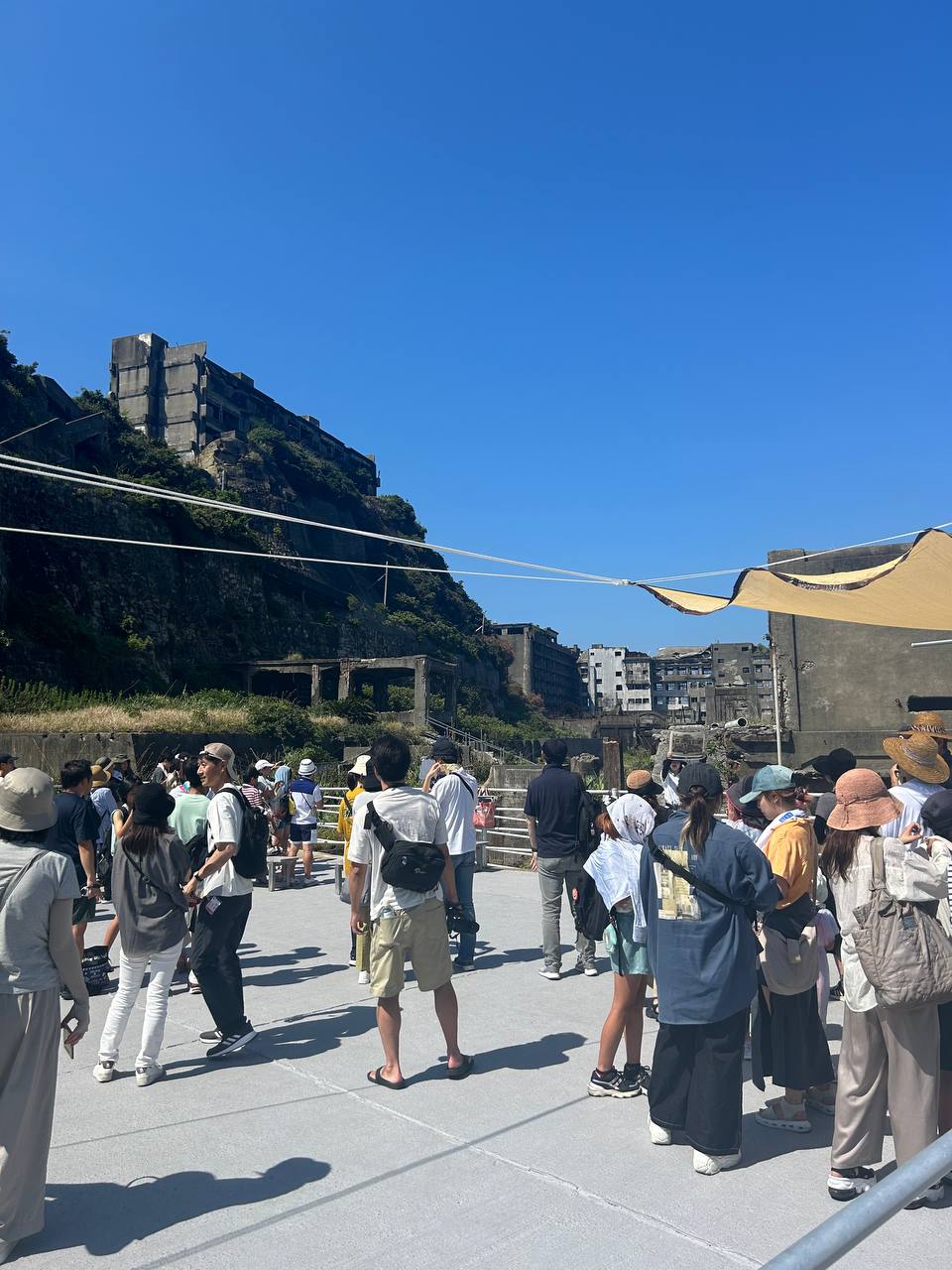
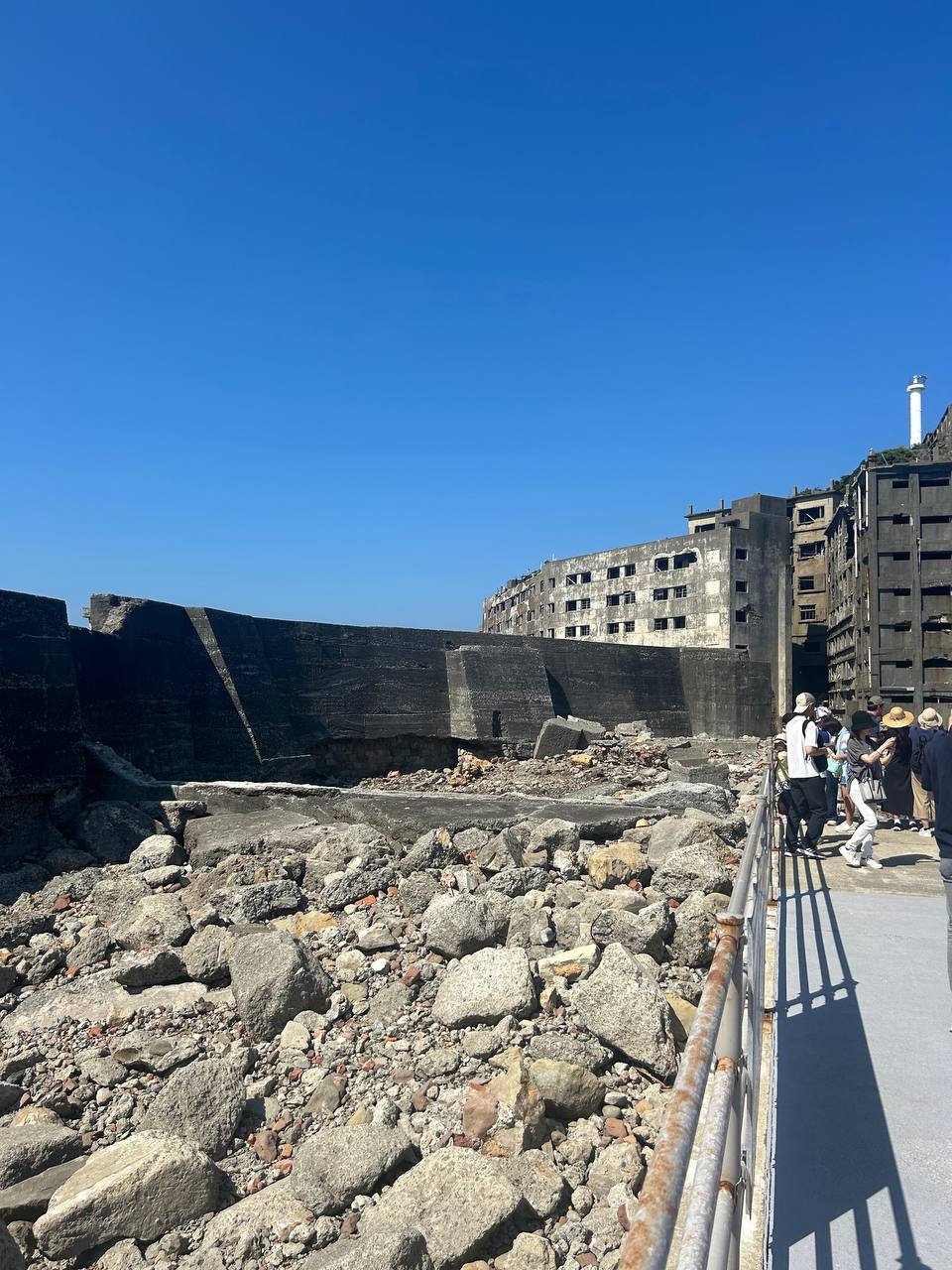
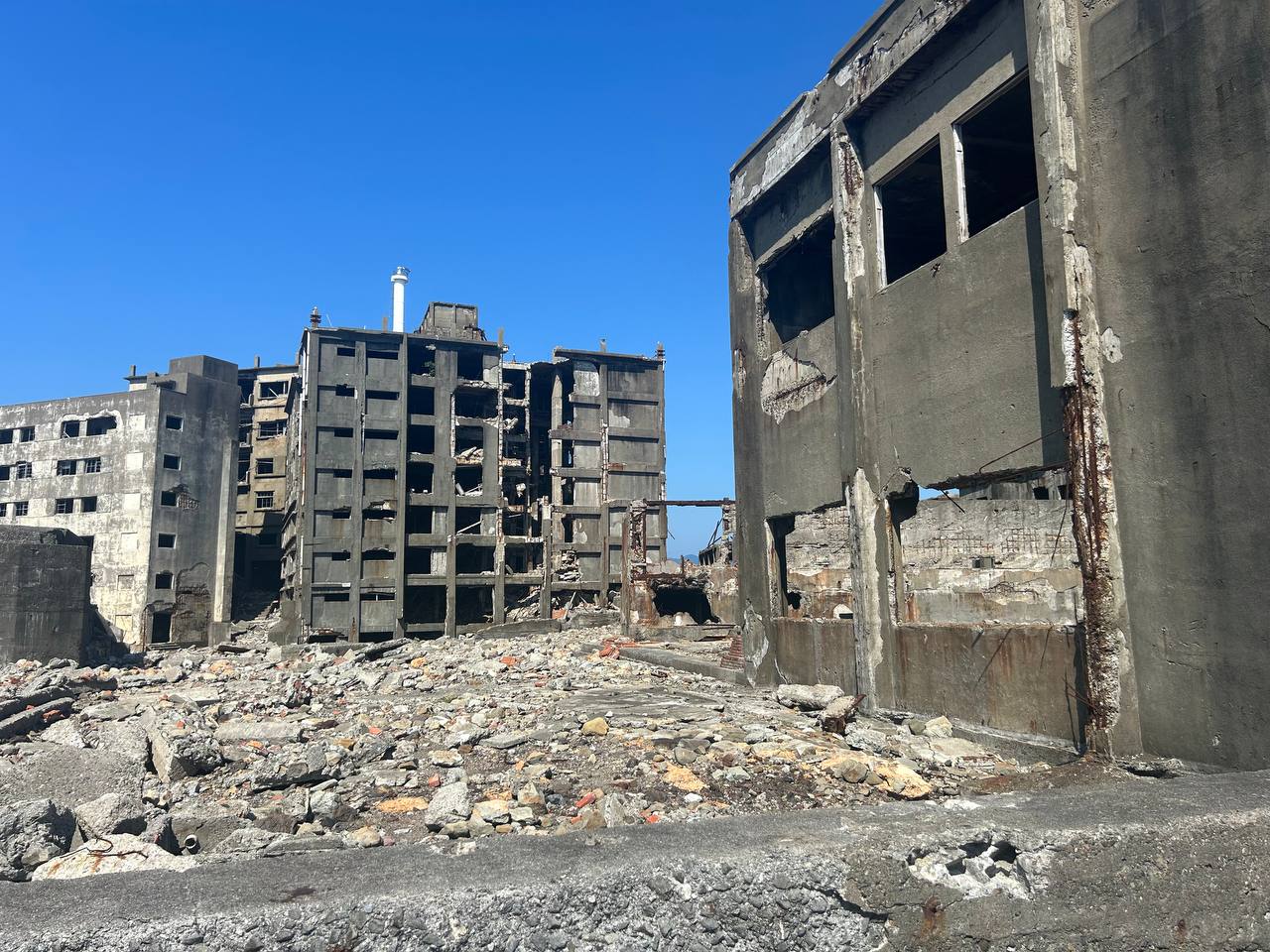
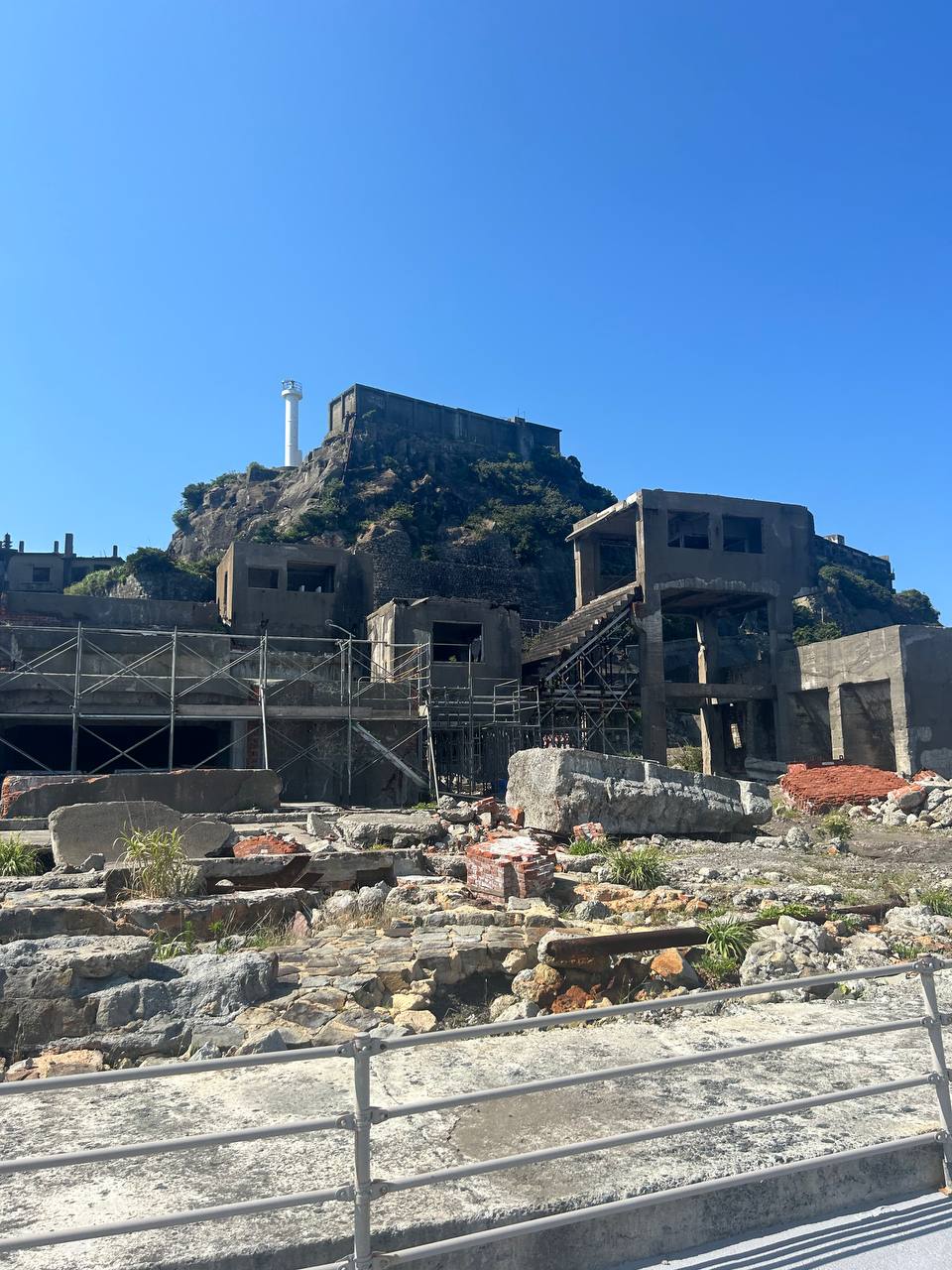
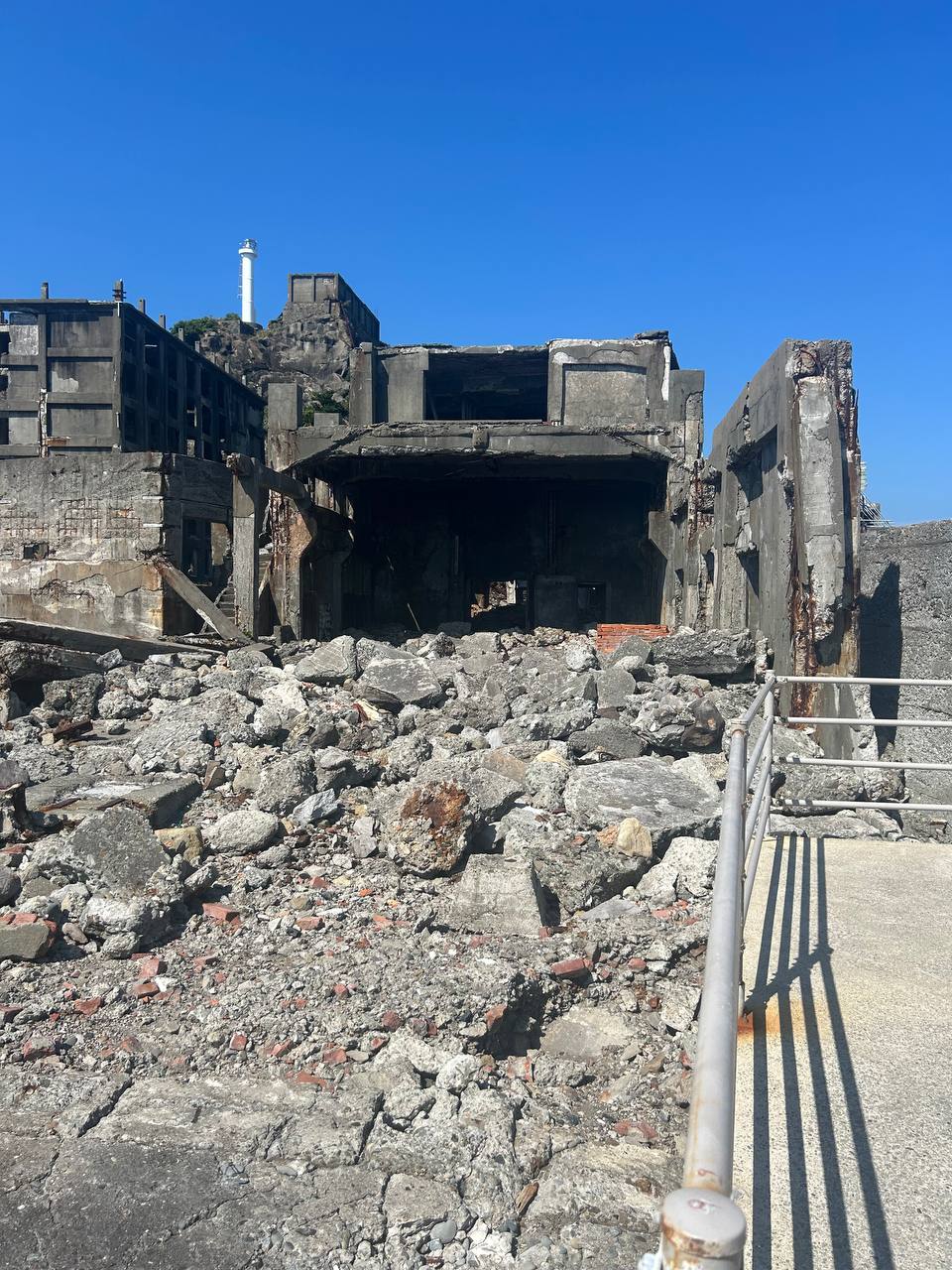
The island’s most iconic structures began to rise during the early 20th century. Concrete apartment blocks, schools, hospitals, and entertainment facilities were constructed to accommodate the influx of miners, who were drawn to the island by the promise of steady work and a community life. By the 1950s, Hashima had reached its zenith, with over 5,000 residents living in a space measuring just 16 acres, making it one of the most densely populated places on Earth.
To read about the legendary Lopez Restaurant of Hiroshima click here.
The Fall and Abandonment
However, the success of Gunkanjima was closely tied to Japan’s coal industry, which began to decline in the 1960s as petroleum became the dominant energy source. By 1974, Mitsubishi Corporation made the decision to close the mines, and Hashima was abandoned almost overnight. Residents left behind everything—apartment blocks, schools, shops, and playgrounds—all left to the mercy of the elements.
For decades, the island was left untouched, becoming a ghost town that seemed frozen in time. Nature began to reclaim the island, and the buildings, once teeming with life, started to crumble. The eerie silence of Gunkanjima, combined with its history and appearance, earned it a reputation as one of Japan’s most haunted and mysterious places.
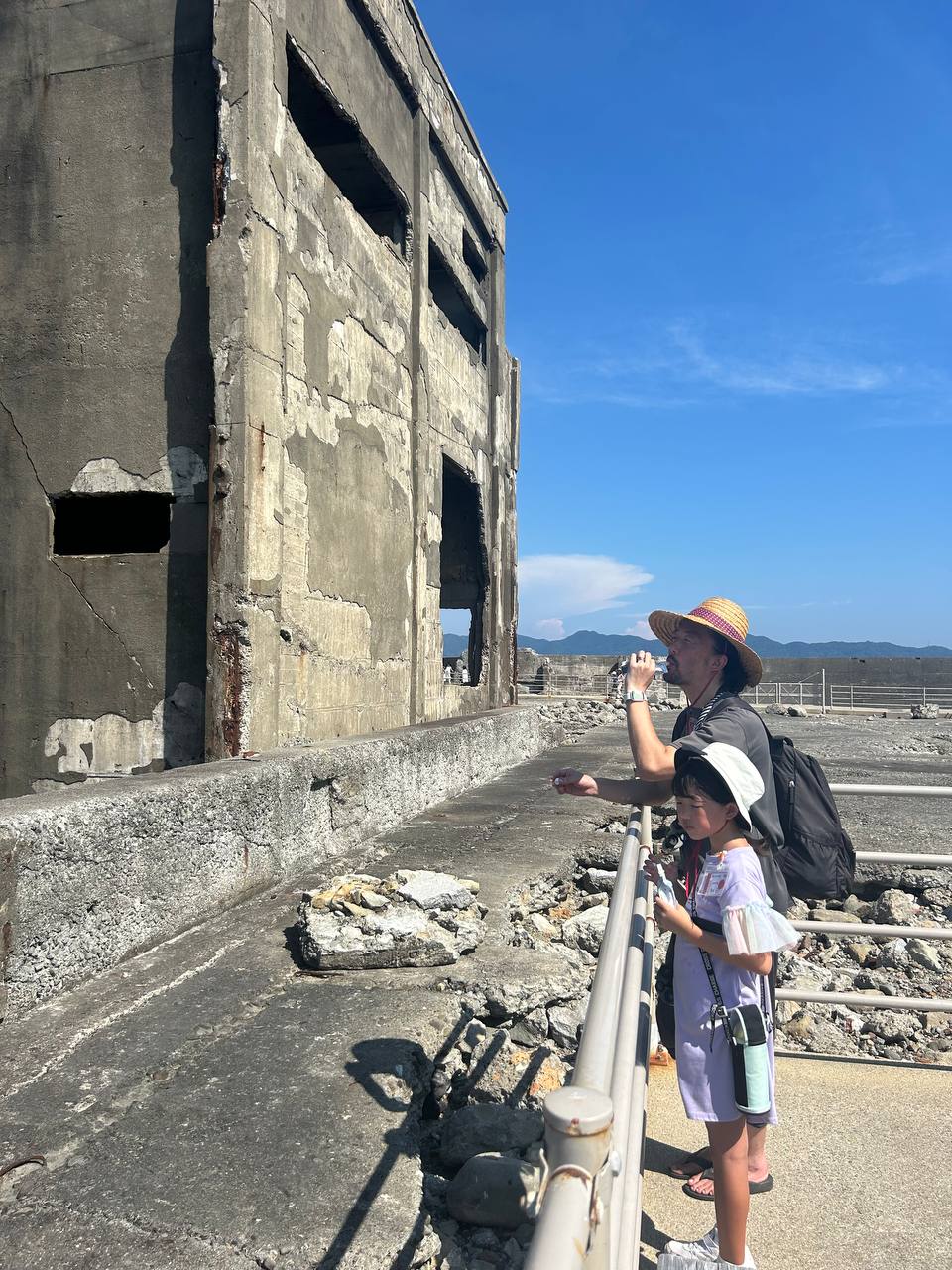
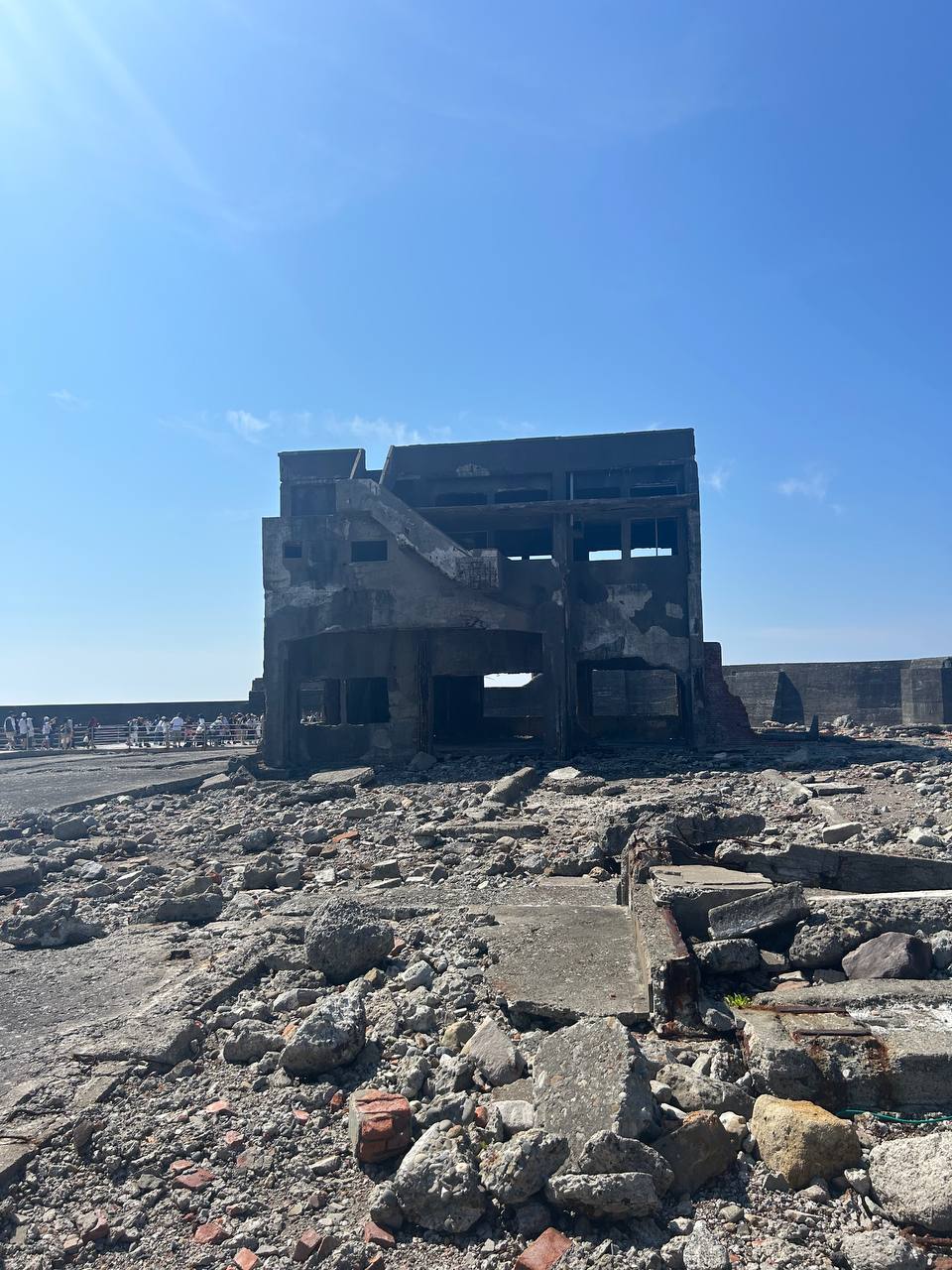
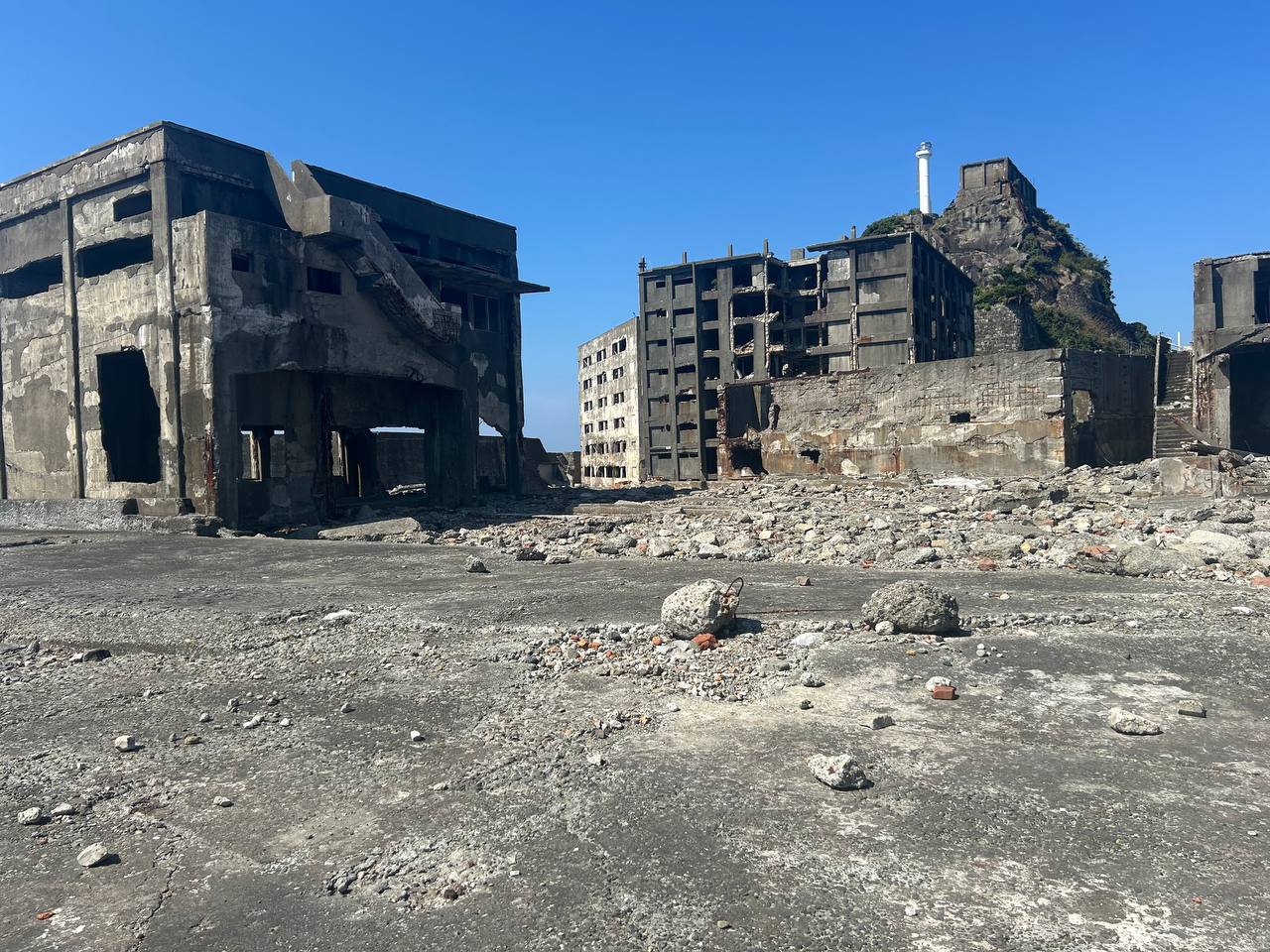
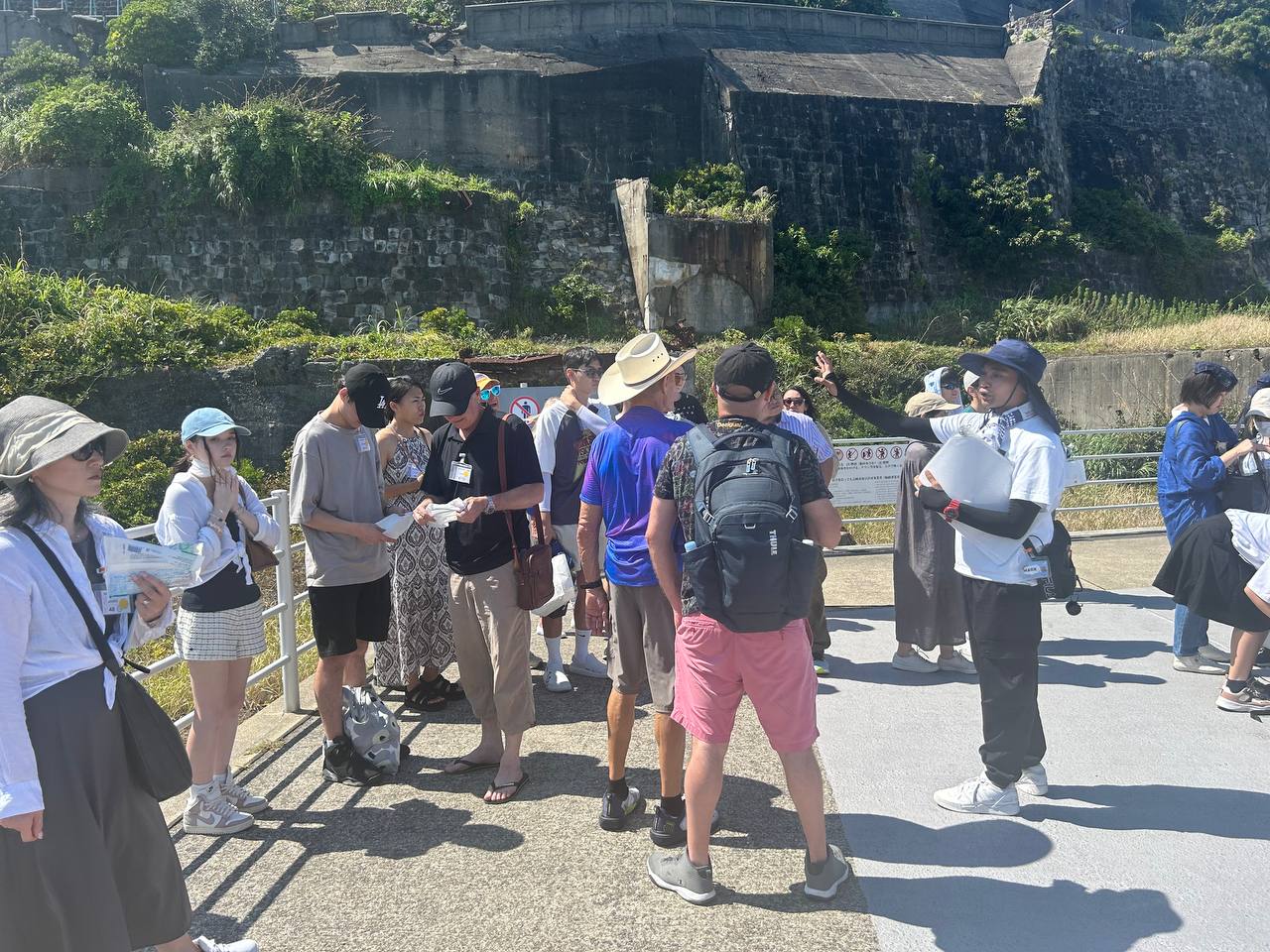
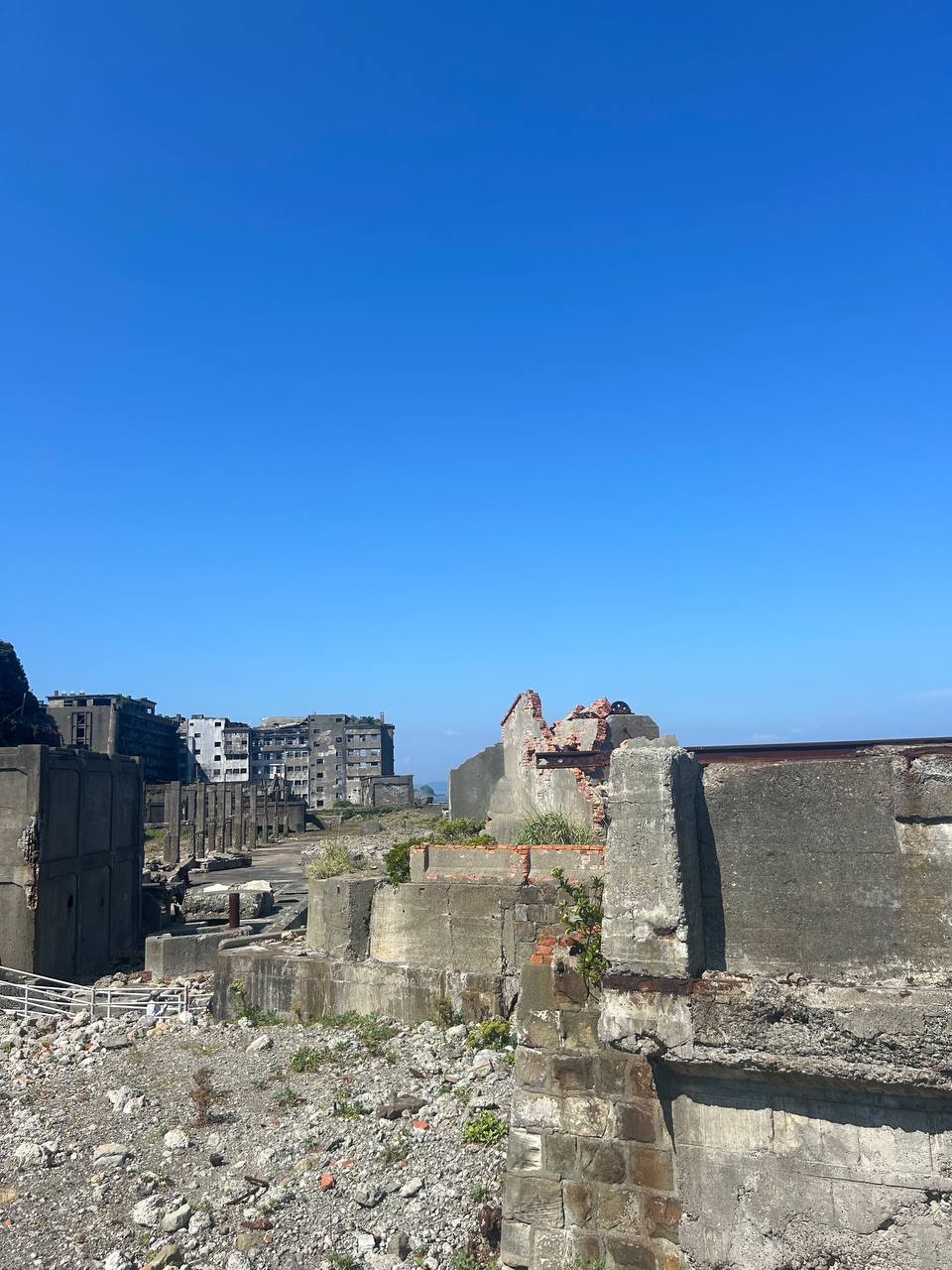
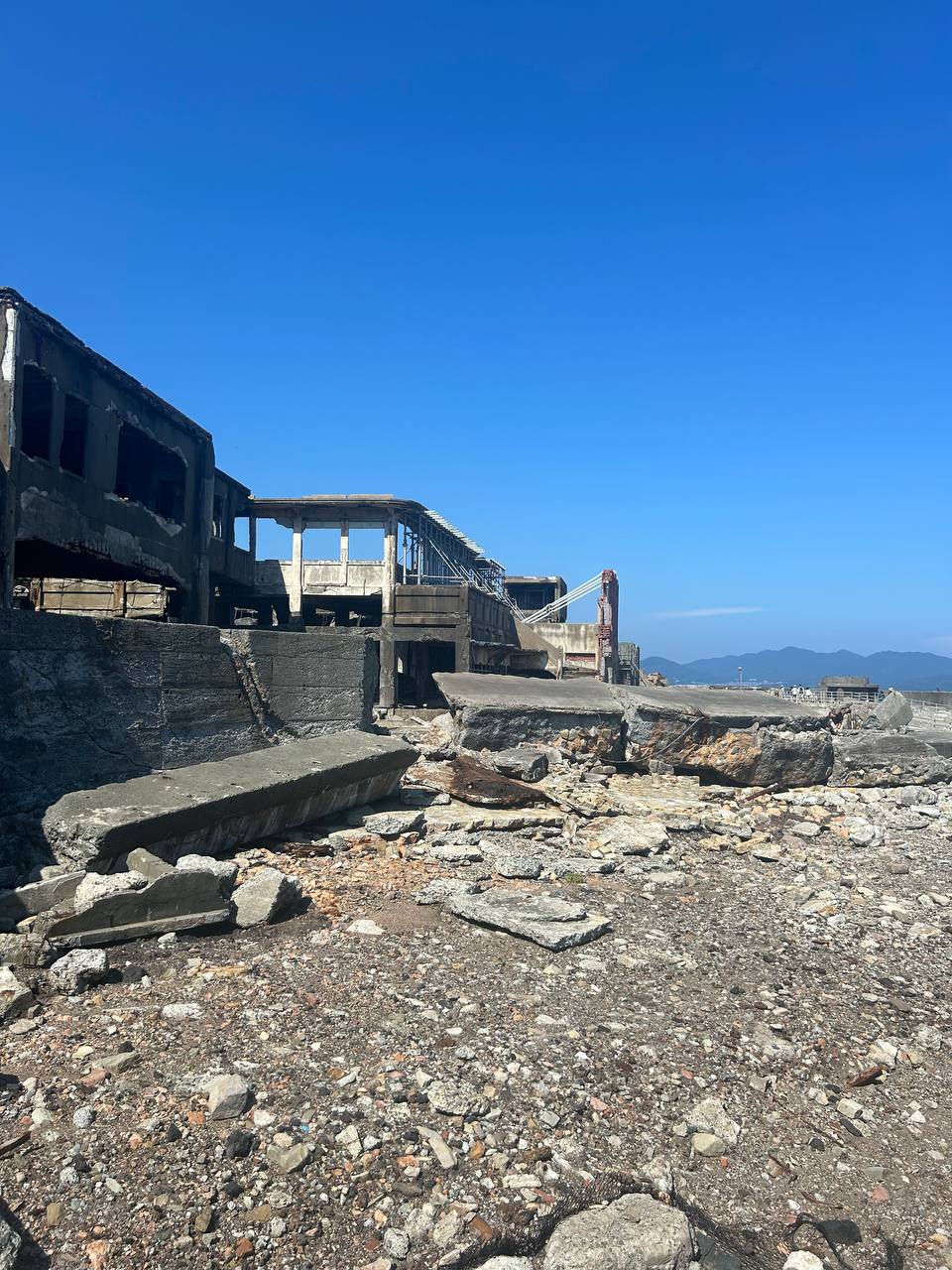
Gunkanjima in Popular Culture
Gunkanjima’s fame wasn’t just limited to Japan. The island gained international recognition after it was featured as a setting in the 2012 James Bond film “Skyfall,” where it served as the lair of the villain Raoul Silva. This appearance thrust the island into the global spotlight, sparking a renewed interest in its history and bringing a wave of tourists eager to explore its desolate ruins.
Additionally, the island’s story has been told in numerous documentaries, books, and video games, each adding to its mythos. The stark contrast between its bustling past and desolate present creates a compelling narrative that resonates with those fascinated by the rise and fall of industrial societies.
Visiting Battleship Island
A visit to Gunkanjima is a journey into the past, offering a rare glimpse into a world that once was. However, due to the island’s fragile state, access is limited, and visitors must follow strict guidelines to ensure both their safety and the preservation of the site.
How to Get There
Tours to Battleship Island are available from Nagasaki, the nearest major city. The most convenient way to reach Nagasaki is by flying into Nagasaki Airport or by taking the shinkansen (bullet train) from Tokyo or Osaka. From Nagasaki, various tour companies offer guided trips to the island, typically departing from the Nagasaki Port Terminal.
One of the most popular tour operators is Gunkanjima Concierge, which provides detailed historical insights as well as access to the island’s visitor-safe areas. Another option is Gunkanjima Digital Museum, which offers a more interactive experience, combining a museum visit with the island tour.
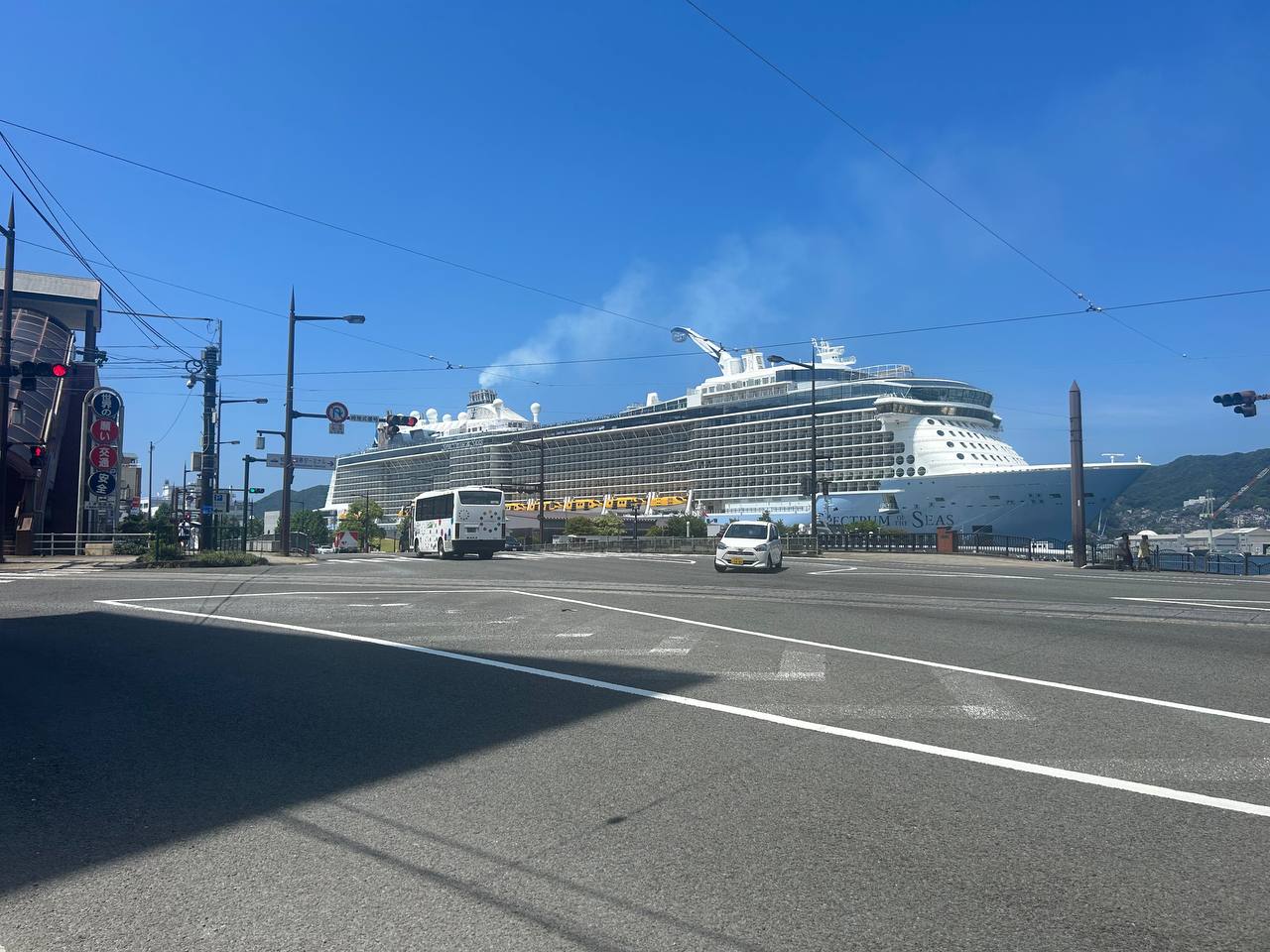

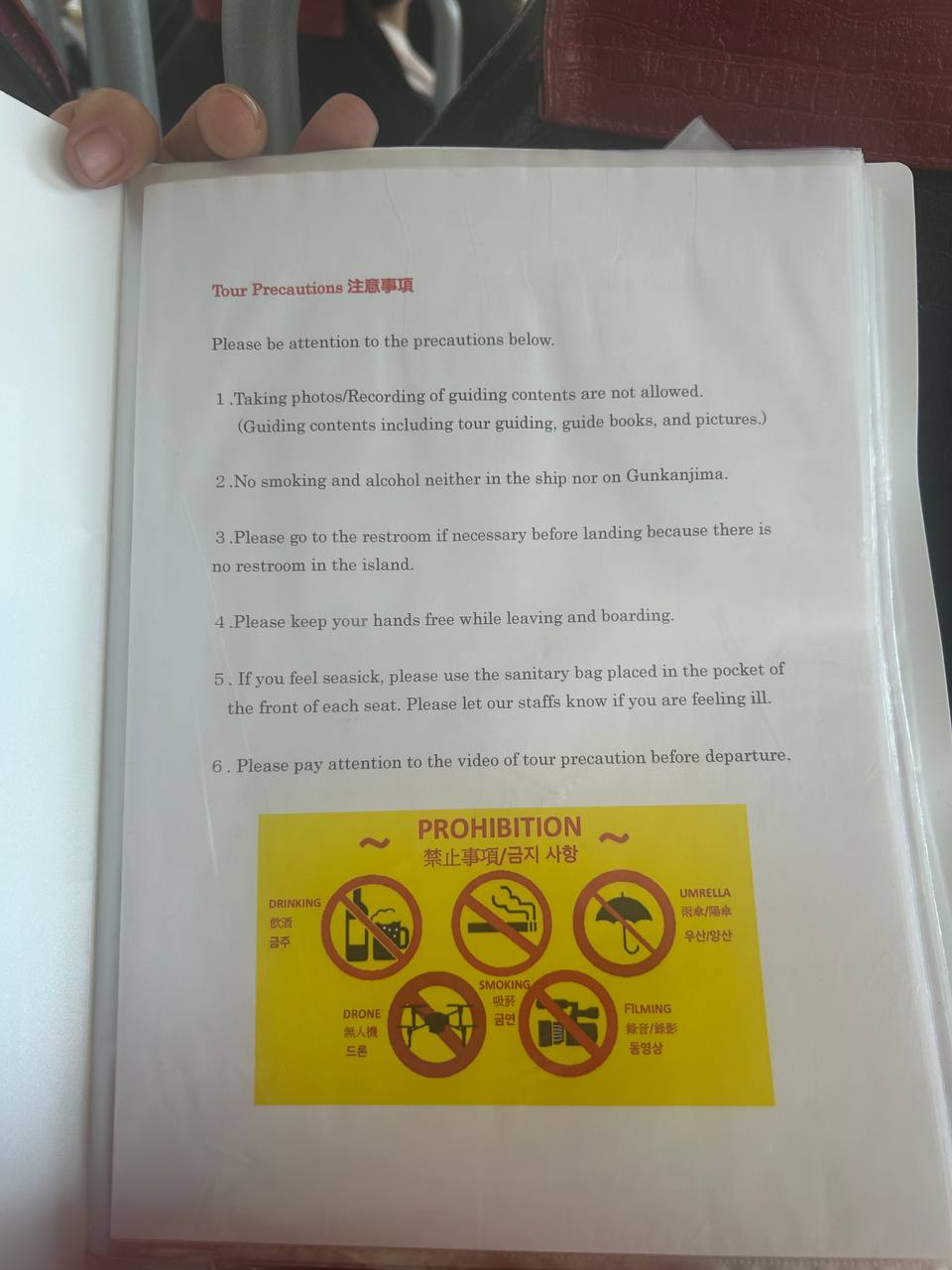
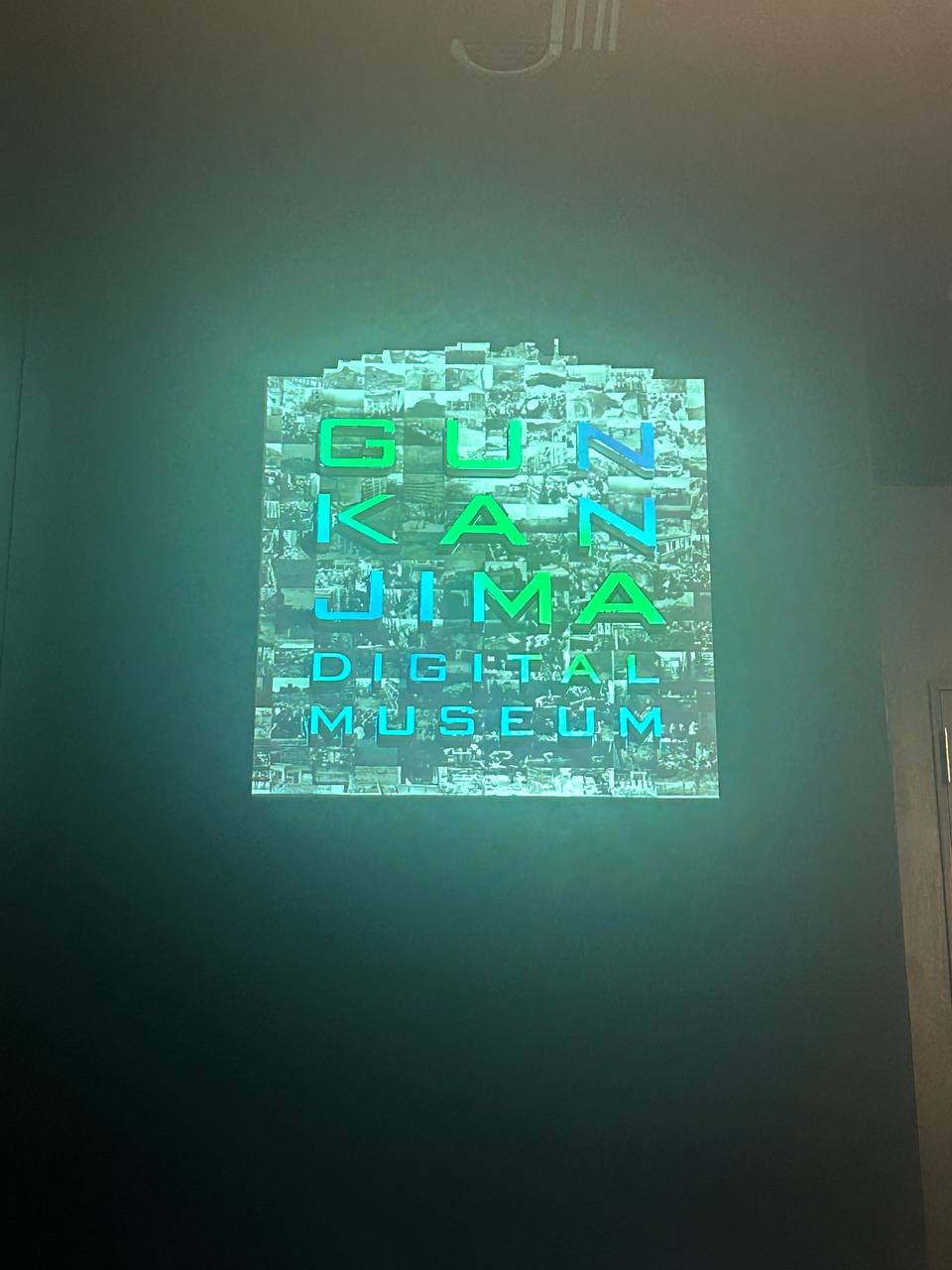
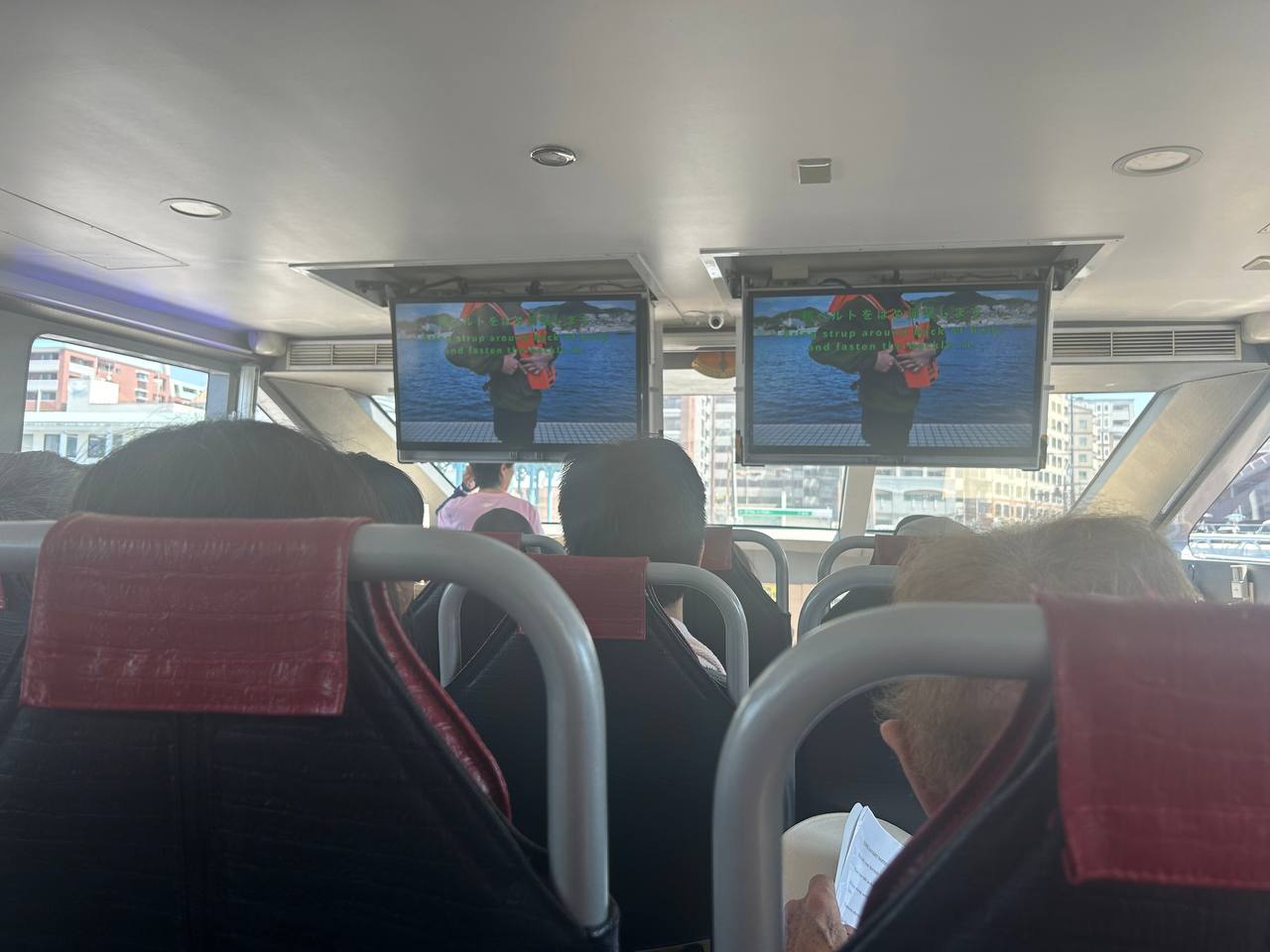
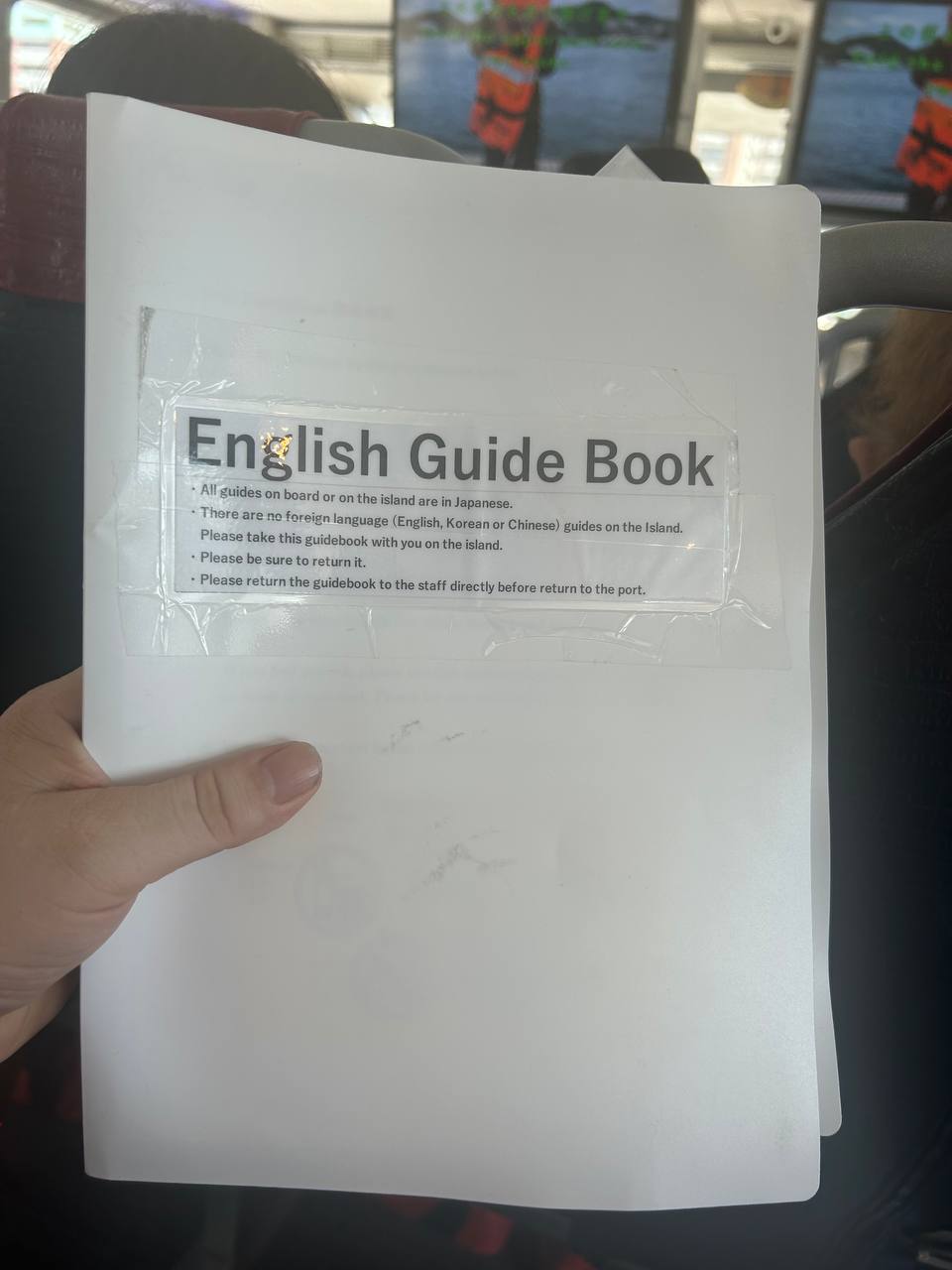
The Tour Experience
A typical tour to Gunkanjima lasts about three hours, including the boat ride to and from the island. The journey begins with a 45-minute cruise from Nagasaki Port, during which you’ll be treated to stunning views of Nagasaki Bay and its surrounding islands. As the boat approaches Gunkanjima, the island’s silhouette—resembling a battleship from afar—gradually comes into view, creating a sense of anticipation and intrigue.
Upon arrival, visitors are escorted by guides onto designated walkways that lead through specific areas of the island. Due to safety concerns, only certain sections of the island are accessible to tourists. These include the exterior of the apartment blocks, the school, and some of the industrial buildings. The walkways are carefully designed to provide a close-up view of the island’s key features while keeping visitors at a safe distance from unstable structures.
Throughout the tour, guides provide commentary on the island’s history, sharing stories of the people who once lived and worked there, as well as the challenges they faced. They also highlight the island’s significance in Japan’s industrialization and its eventual decline.
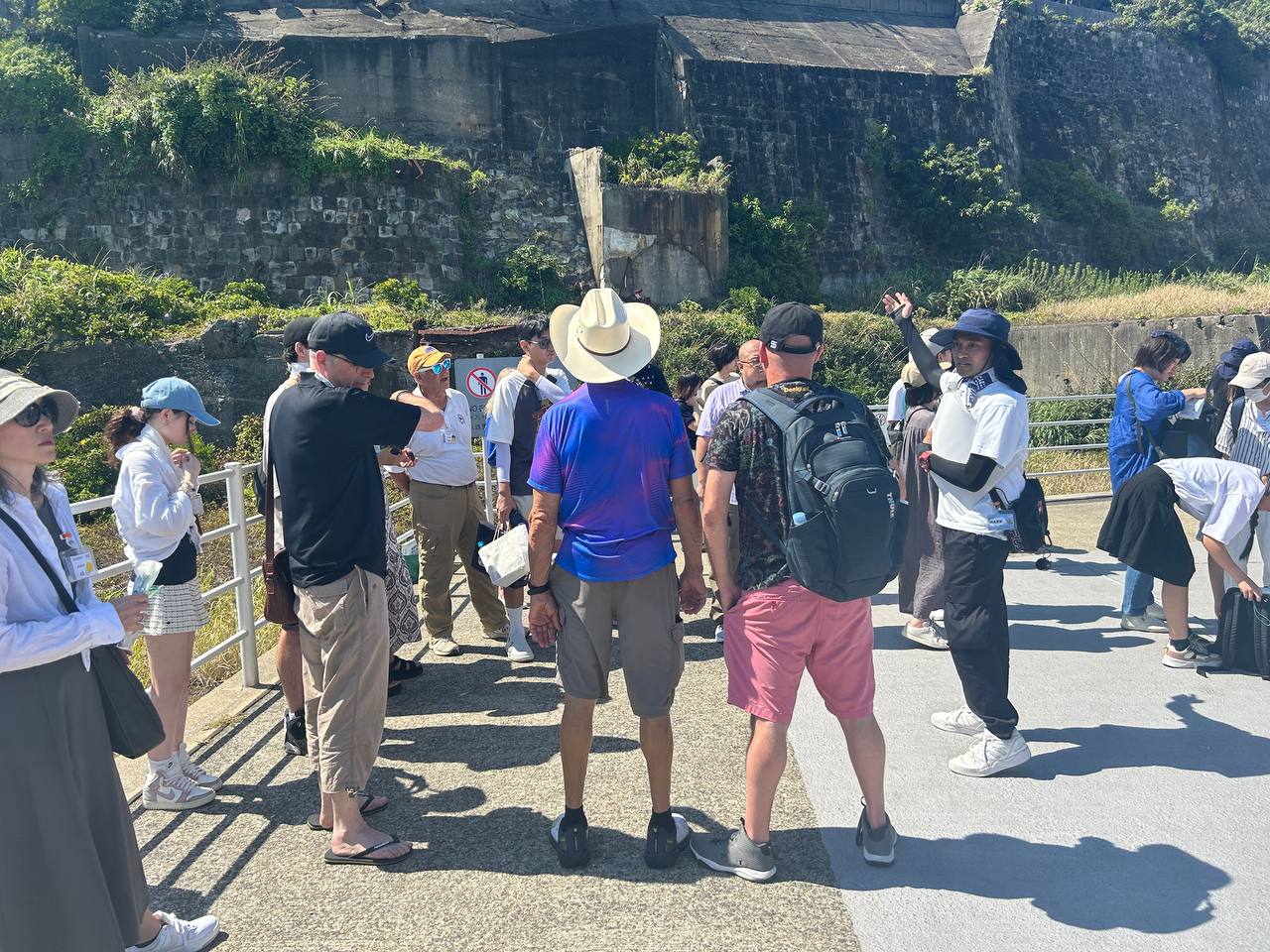
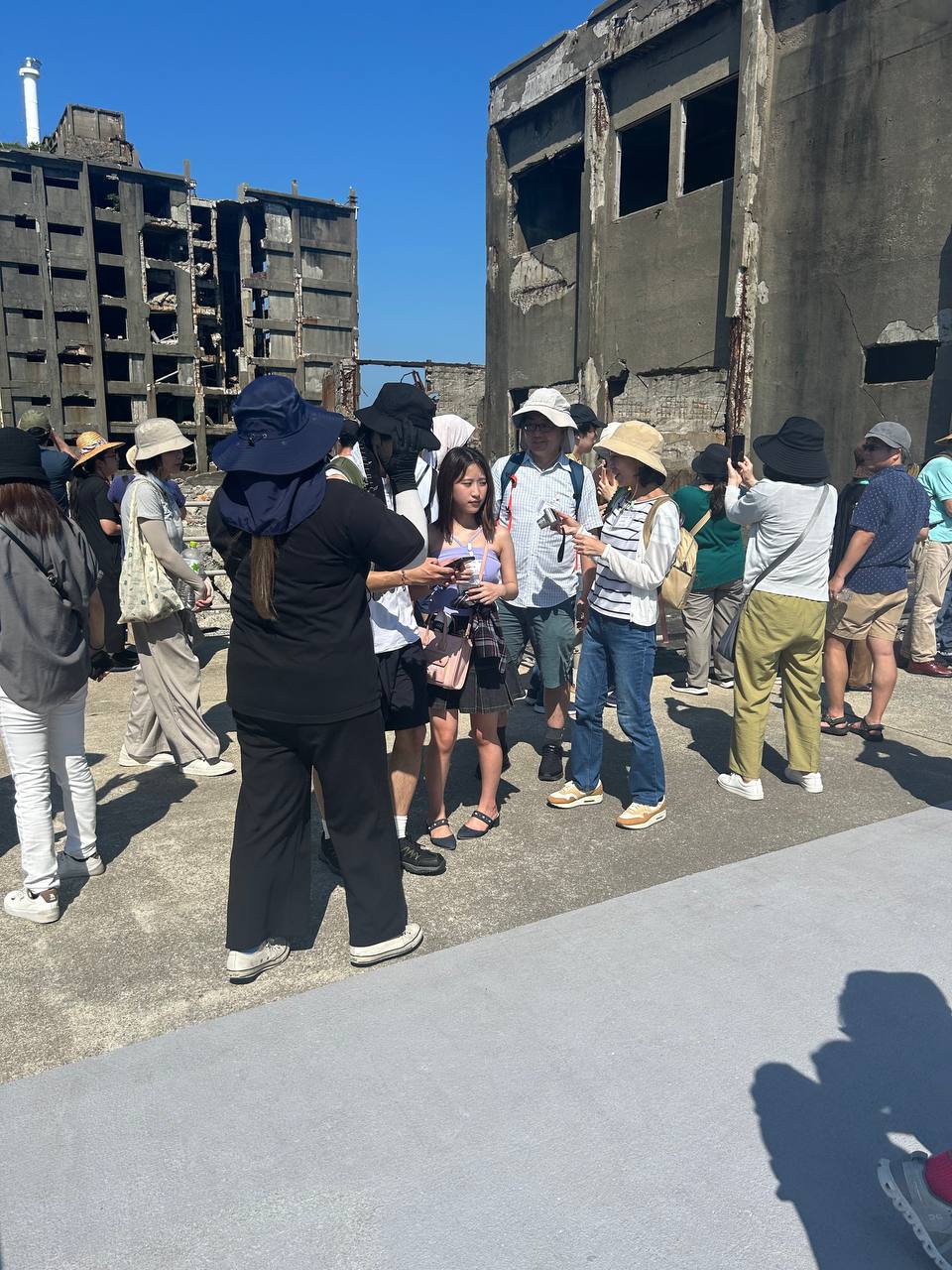
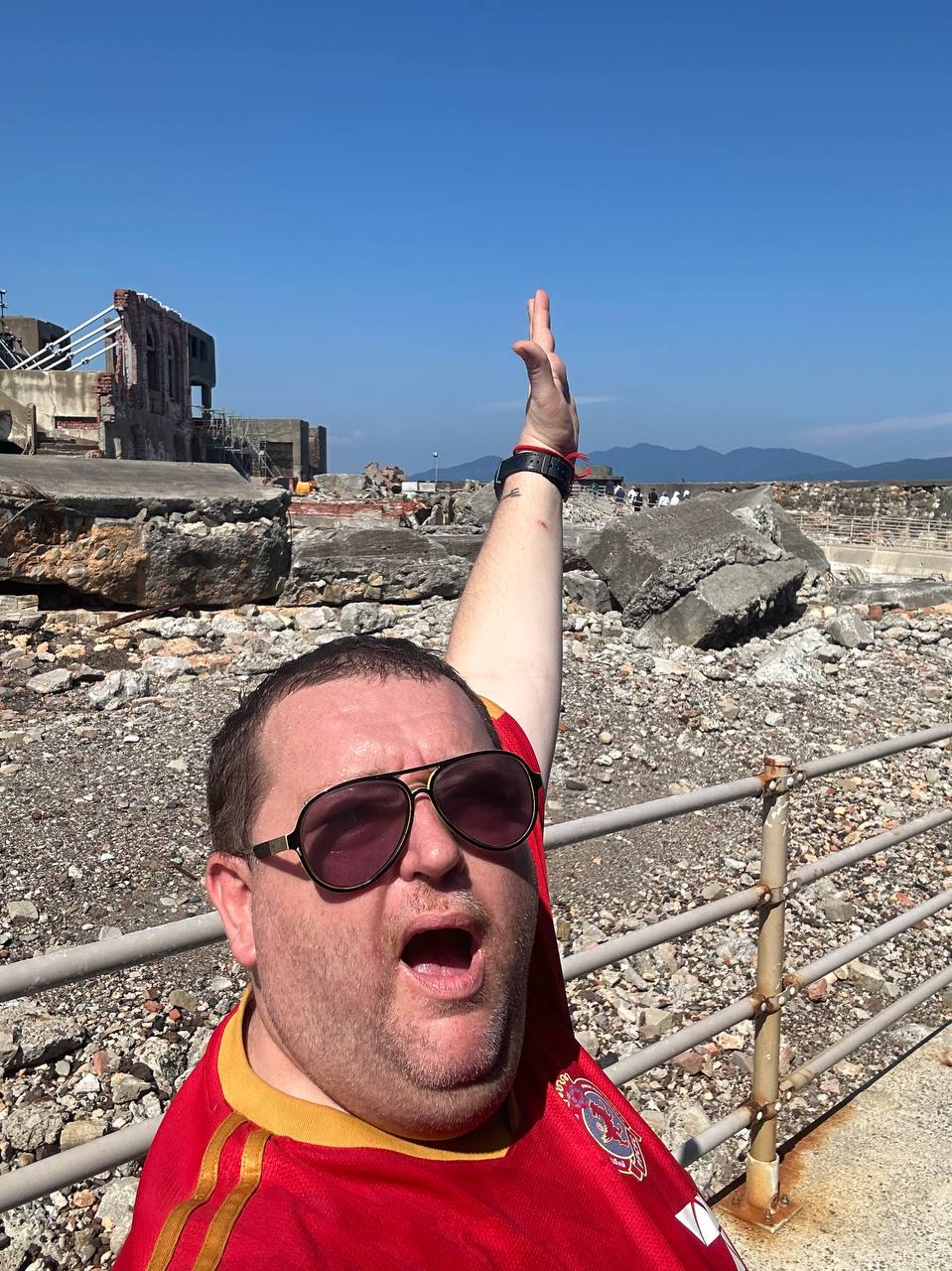
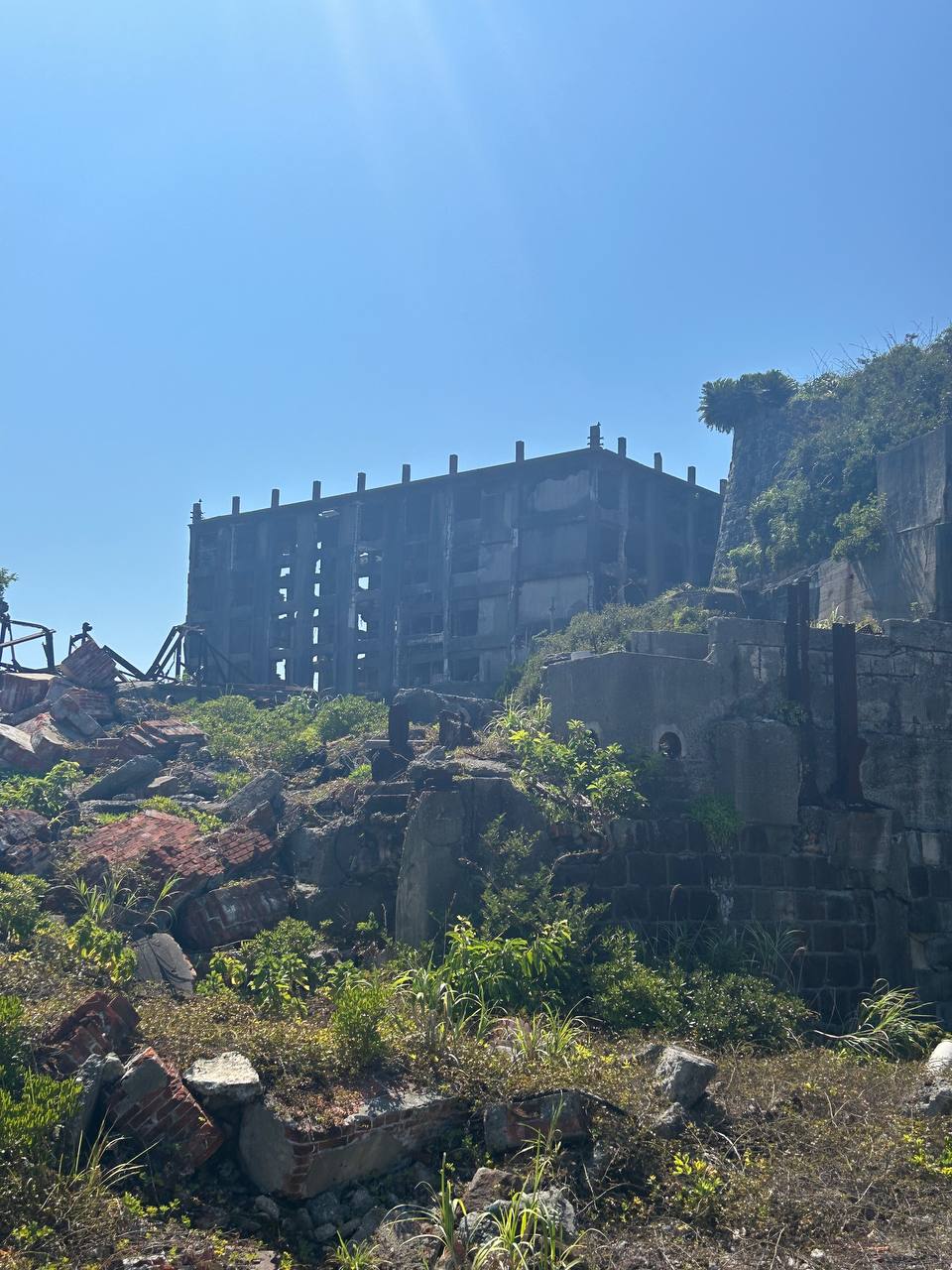
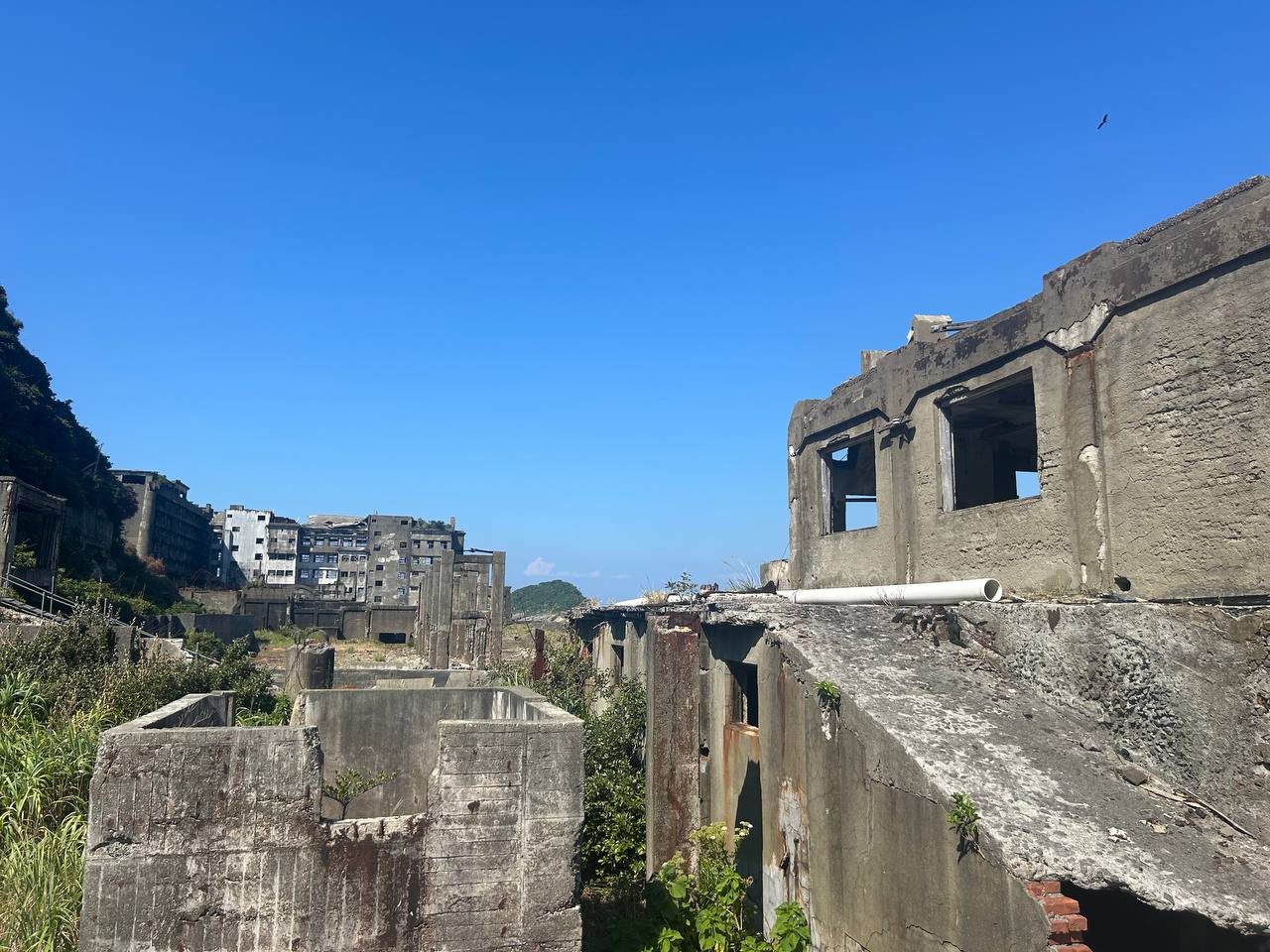
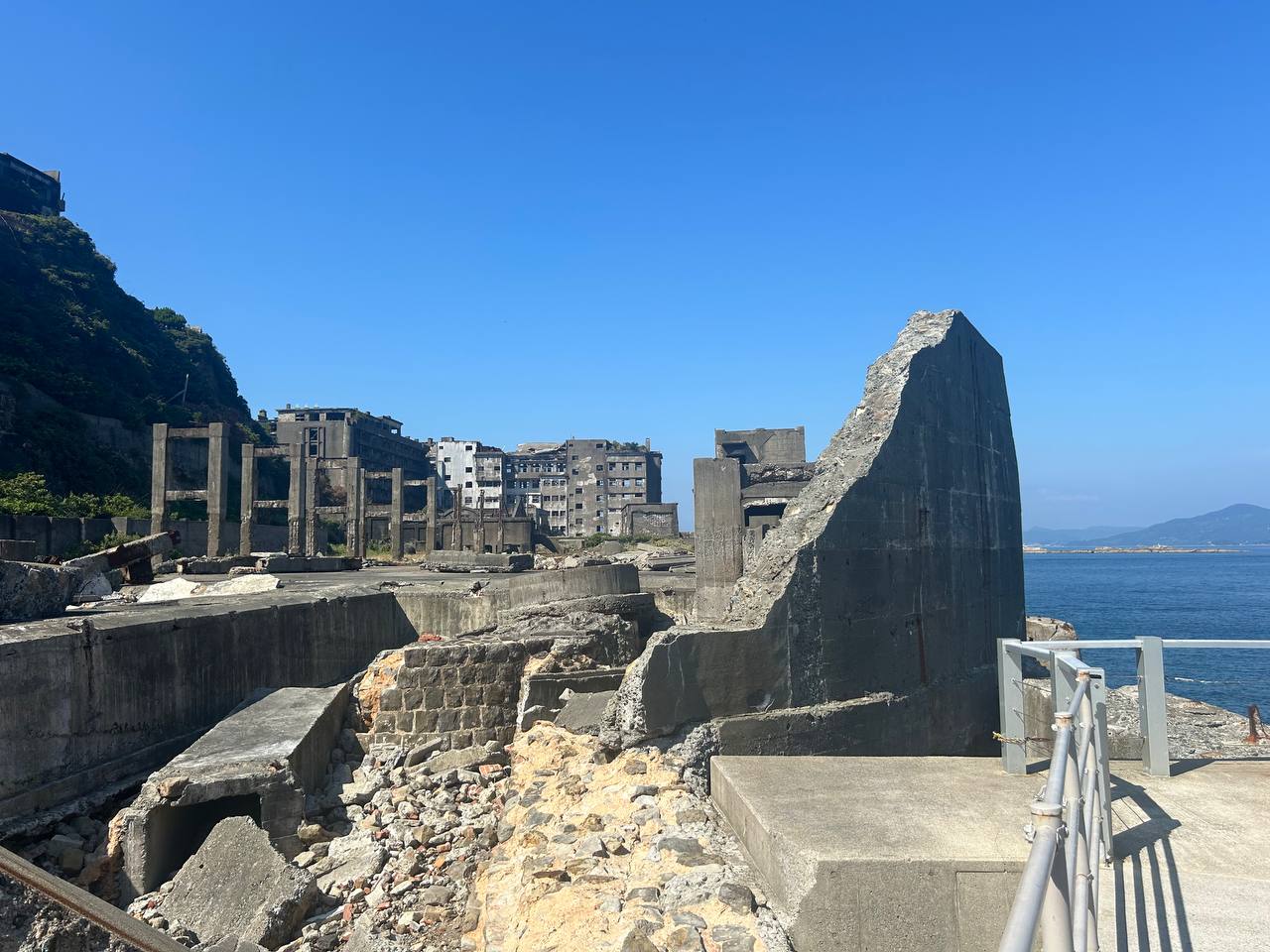
What to Expect
Visiting Gunkanjima is a stark and sobering experience. The island’s silence is profound, broken only by the sound of the wind and the occasional call of seabirds. The crumbling buildings, with their shattered windows and rusting ironwork, stand as a testament to the passage of time and the impermanence of human achievement.
Despite the island’s desolation, there’s a certain beauty to be found in its decay. The interplay of light and shadow among the ruins creates a haunting atmosphere, making it a photographer’s paradise. However, it’s essential to approach the visit with respect, keeping in mind that this was once a thriving community and that the ruins are a memorial to its former residents.
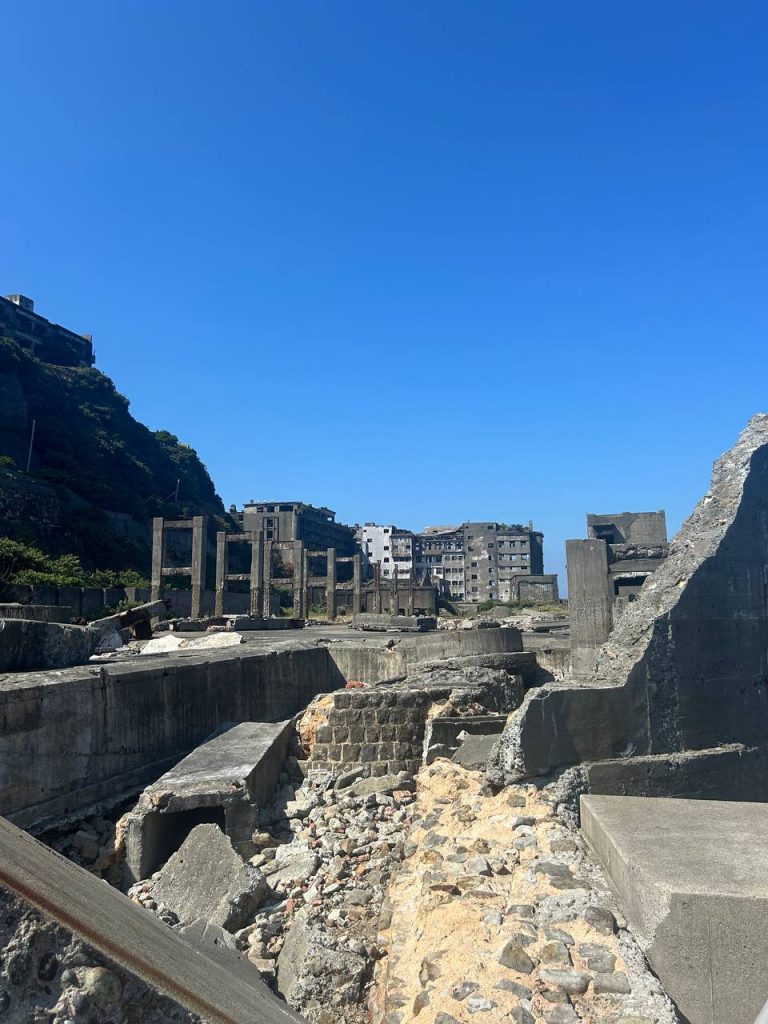
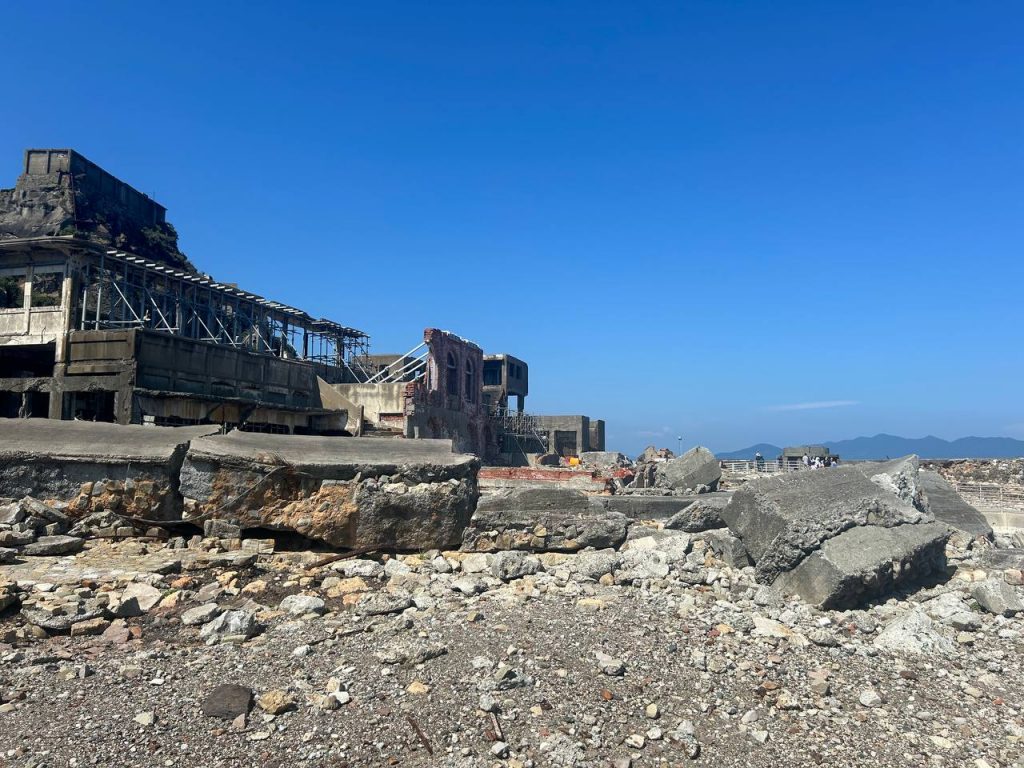
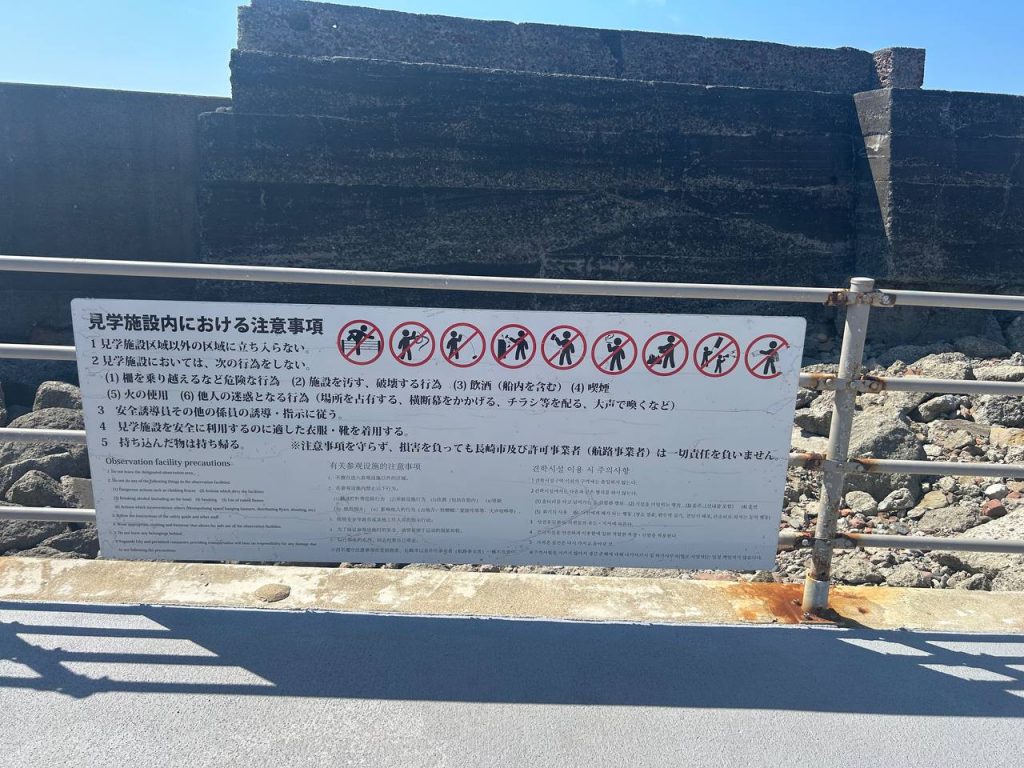
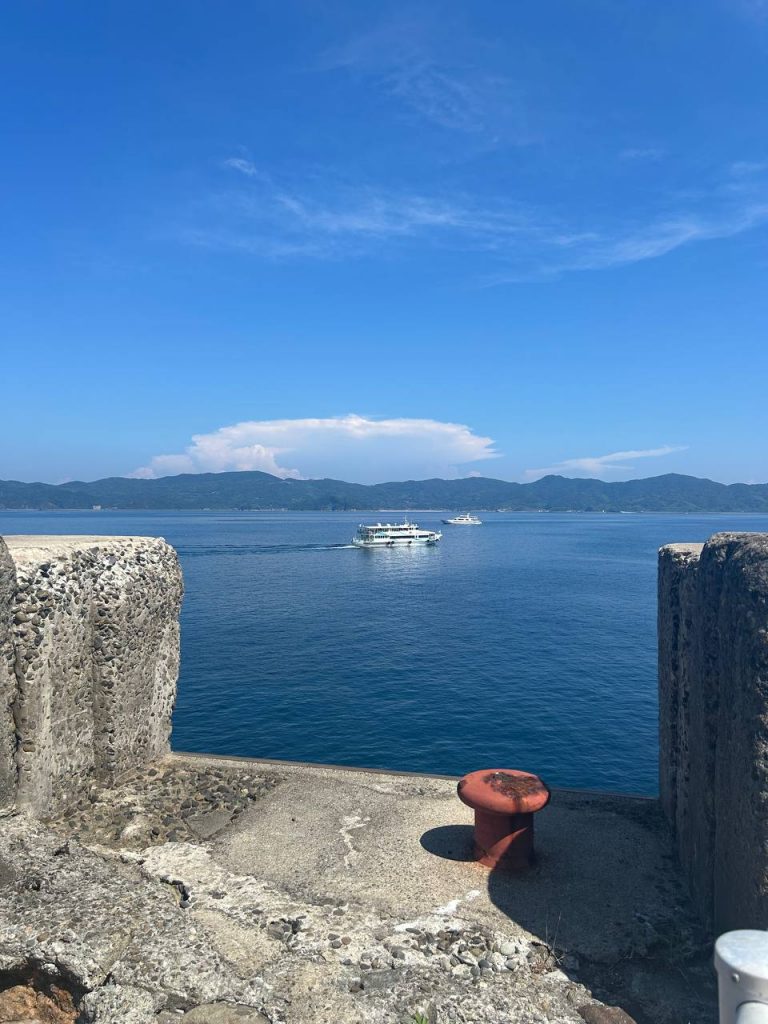
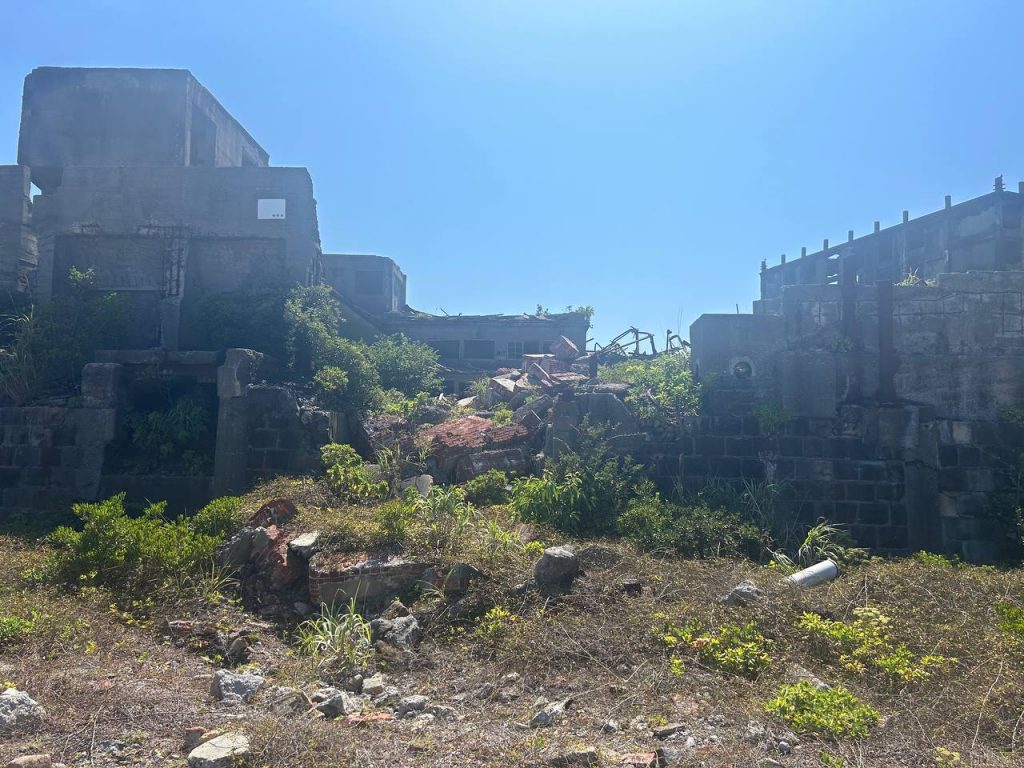
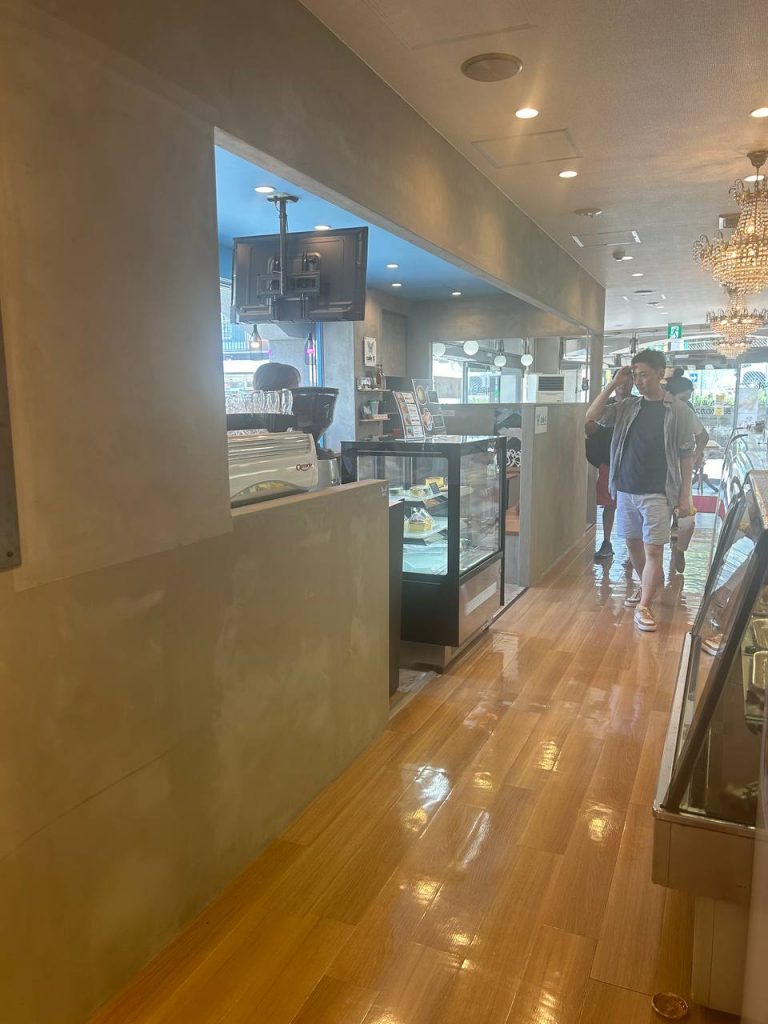

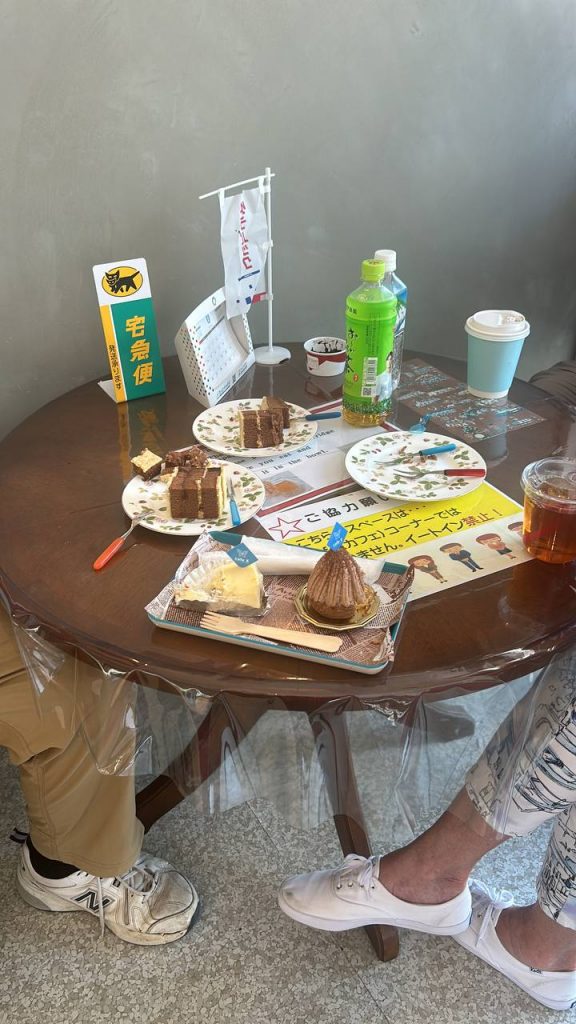

Practical Tips for Your Visit
- Weather: The island is exposed to the elements, so it’s important to dress appropriately. Bring a jacket, as the wind can be strong, even in summer. Rain gear is also recommended during the rainy season.
- Footwear: Wear sturdy, comfortable shoes, as the terrain can be uneven and slippery.
- Safety: Listen carefully to the guides and follow all safety instructions. The island’s structures are unstable, and visitors are not allowed to wander off the designated walkways.
- Photography: While photography is allowed, drones are prohibited. Be mindful of your surroundings and avoid leaning on or touching the buildings.
- Booking: Tours to Gunkanjima are popular, so it’s advisable to book in advance, especially during peak tourist seasons.
Final Thoughts
Gunkanjima is more than just an abandoned island; it’s a powerful reminder of the transient nature of human endeavors and the resilience of nature. A visit here is a journey into a forgotten chapter of Japan’s industrial history, offering a unique perspective on the lives of those who once called this place home. Whether you’re a history buff, an urban explorer, or simply someone seeking an off-the-beaten-path adventure, Battleship Island is an experience that will stay with you long after you’ve returned to the mainland.
You can check out our Extremes of Japan Tour here.





